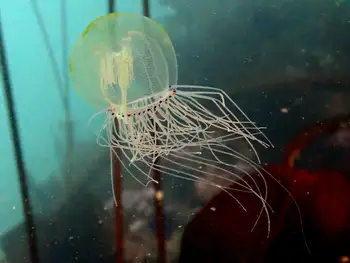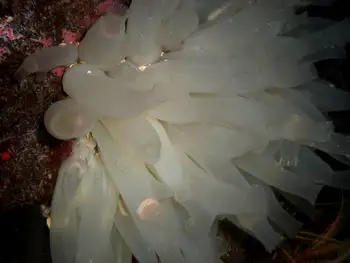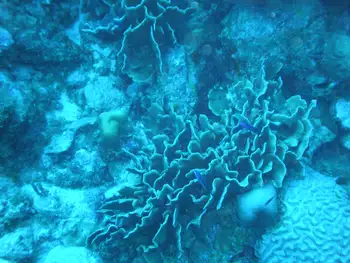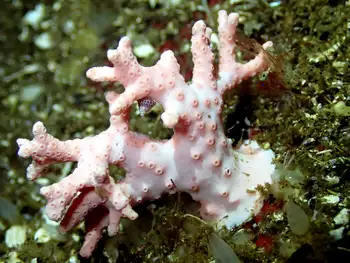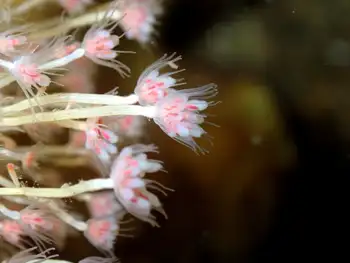Taxonomy
Animalia
Cnidaria
Hydrozoa
Anthoathecata
Uncased-flower-animals Water-animal Stinging-cell-possessors Life-possessing-beings
Anthoathecata, or the athecate hydroids, are an order of hydrozoans belonging to the phylum Cnidaria. A profusion of alternate scientific names exists for this long-known, heavily discussed, and spectacular group. It has also been called Gymnoblastea and (with or without an emended ending -ae), Anthomedusa, Athecata, Hydromedusa, and Stylasterina. There are about 1,200 species worldwide. These hydrozoans always have a polyp stage. Their hydranths grow either solitary or in colonies. There is no firm perisarc around the polyp body. The medusae, or jellyfish, are solitary animals, with tentacles arising from the bell margin, lacking statocysts but possessing radial canals. Their gonads are on the manubrium ("handle"). Except in Eudendriidae and Laingiidae, prey can be captured by discharging harpoon-like structures (desmonemes) from chambers (cnidae) in specialized cells (nematocysts) on the tentacles. In hydrozoans, these are nearly always adhesive and entrapping, rather than puncturing and poisoned as in other jellys.
Anthoathecata. Retrieved May, 08 2021, from en.wikipedia.org/wiki/Anthoathecata.


